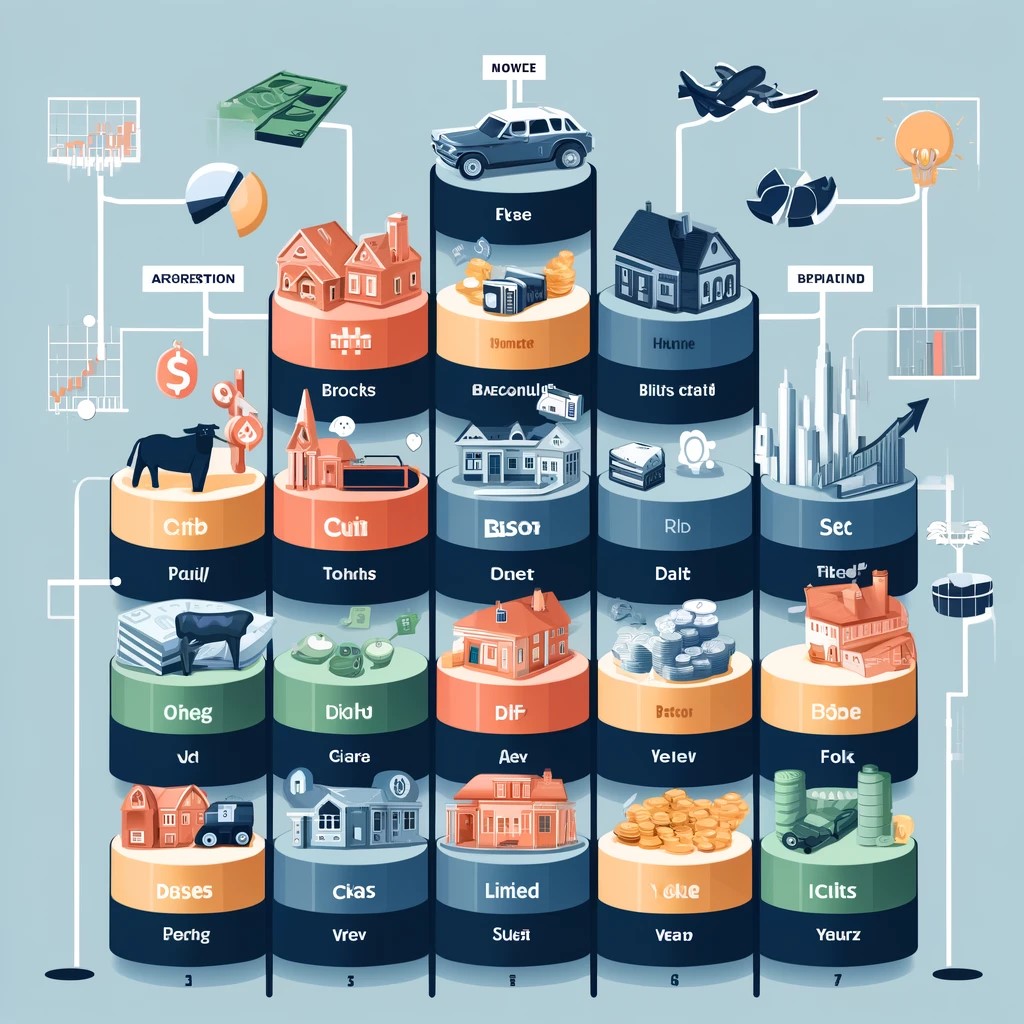How to Read and Analyze Financial Statements
Understanding financial statements is crucial for anyone involved in business, investing, or financial management. These documents provide a snapshot of a company's financial health and are indispensable tools for making informed decisions. This article explains how to read and analyze financial statements, outlines current trends affecting financial reporting, and discusses future expectations in financial analysis.

Core Components of Financial Statements
Balance Sheet: This statement provides a summary of a company’s assets, liabilities, and shareholders' equity at a specific point in time. It shows what the company owns and owes, offering insights into its financial stability and capital structure.
Income Statement: Also known as the profit and loss statement, it outlines the company’s revenues, expenses, and profits over a specific period. This statement is crucial for assessing the company’s operational efficiency and profitability.
Cash Flow Statement: This shows how changes in the balance sheet and income affect cash and cash equivalents, breaking the analysis down to operating, investing, and financing activities. It is vital for understanding how a company generates and uses cash.

Reading and Analyzing Financial Statements
Liquidity Analysis: Evaluate the company’s ability to cover short-term liabilities with short-term assets. Key ratios include the Current Ratio and Quick Ratio, which help assess the company’s ability to pay off its obligations without selling inventory.
Solvency Analysis: Examine long-term stability and debt levels using ratios such as the Debt-to-Equity Ratio and Times Interest Earned. These metrics show how well a company is positioned to sustain its operations long-term with its level of debt.
Current Trends in Financial Reporting
Increased Transparency and Regulation: There is a global trend towards higher transparency in financial reporting. Regulatory bodies are demanding more detailed disclosures to give stakeholders a clearer view of a company’s financial health and activities.
Integration of Non-Financial Information: Companies are increasingly including non-financial elements such as environmental, social, and governance (ESG) factors in their financial reports. Investors are using this information to assess potential risks and growth opportunities that traditional financial metrics might not reveal.
Adoption of Technology in Reporting: Technological advancements like AI and machine learning are being integrated into financial reporting and analysis. These technologies can parse large volumes of financial data to identify trends and anomalies more efficiently than traditional methods.

Future Predictions for Financial Analysis
Greater Focus on Real-Time Data: Future financial statements might become more dynamic, offering real-time insights rather than periodic reports. This shift will allow for more timely decisions based on the most current financial data.
Increased Use of Predictive Analytics: Financial analysis will likely evolve from descriptive analytics to more predictive and prescriptive analytics, using historical data to make forecasts and suggest action steps.
Conclusion
Reading and analyzing financial statements is a skill that offers a competitive edge in the financial world. As financial landscapes evolve, staying abreast of new trends and technologies in financial reporting will be crucial for anyone looking to make informed financial decisions.
(Writer:Haicy)





